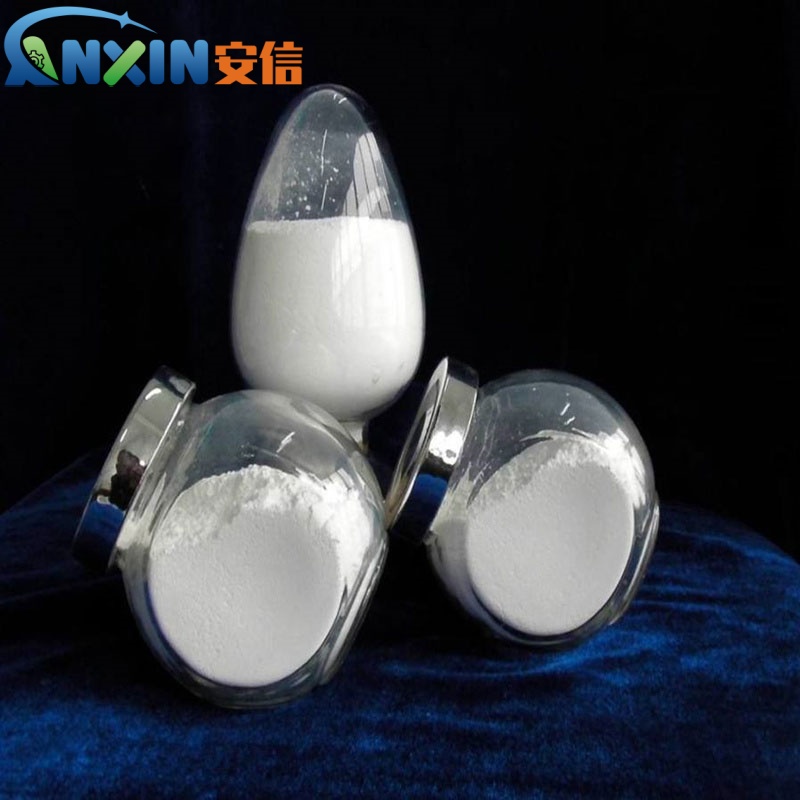Hydroxypropyl MethylcelluloseA Comprehensive Overview
Hydroxypropyl methylcellulose (HPMC) is a versatile polymer that finds extensive applications in various industries, including pharmaceuticals, food, construction, and cosmetics. This compound, derived from cellulose, offers unique properties such as thickening, binding, film-forming, and sustaining release.
1. Structure and Properties
HPMC is a semi-synthetic, water-soluble polymer derived from cellulose. It is synthesized by treating cellulose with propylene oxide and methyl chloride, resulting in the substitution of hydroxyl groups with hydroxypropyl and methoxy groups. The degree of substitution (DS) of these groups varies, affecting the properties of HPMC.
The presence of hydroxypropyl and methoxy groups imparts several important properties to HPMC:
Water solubility: HPMC is soluble in cold water, forming a clear, viscous solution. The solubility depends on factors such as DS, molecular weight, and temperature.
Film-forming: HPMC can form flexible, transparent films when cast from its aqueous solution. These films find applications in pharmaceutical coatings, controlled release matrices, and edible films in food industries.
Thickening: HPMC solutions exhibit pseudoplastic behavior, where viscosity decreases with increasing shear rate. This property makes it suitable for use as a thickening agent in various formulations, including paints, adhesives, and personal care products.
Sustained release: Due to its swelling and erosion properties, HPMC is widely employed in sustained-release drug delivery systems. The rate of drug release can be tailored by adjusting the polymer concentration, DS, and other formulation parameters.
2. Synthesis
The synthesis of HPMC involves several steps:
Etherification: Cellulose is treated with a mixture of propylene oxide and alkali, resulting in the introduction of hydroxypropyl groups.
Methylation: The hydroxypropylated cellulose is further reacted with methyl chloride to introduce methoxy groups.
The degree of substitution can be controlled by adjusting the reaction conditions, such as the ratio of reagents, reaction time, and temperature. Higher DS values lead to increased hydrophilicity and solubility of HPMC.
3. Applications
HPMC finds widespread applications across various industries:
Pharmaceuticals: In pharmaceutical formulations, HPMC serves as a binder, disintegrant, coating agent, and matrix former in controlled-release dosage forms. It is widely used in tablets, capsules, ophthalmic preparations, and topical formulations.
Food: HPMC is utilized in food products as a thickener, stabilizer, emulsifier, and film-forming agent. It improves texture, mouthfeel, and shelf stability in products such as sauces, soups, desserts, and baked goods.
Construction: In construction materials, HPMC acts as a water retention agent, thickener, and rheology modifier in cement-based mortars, tile adhesives, plasters, and gypsum products. It enhances workability, adhesion, and open time of these formulations.
Cosmetics: HPMC is incorporated into cosmetics and personal care products as a thickener, film former, and emulsifier in creams, lotions, shampoos, and mascaras. It imparts smooth texture, stability, and controlled release of active ingredients.
Other Industries: HPMC is also employed in textile printing, paper coatings, detergents, and agricultural formulations due to its versatile properties.
4. Future Prospects
The demand for HPMC is expected to grow significantly in the coming years, driven by several factors:
Pharmaceutical Innovations: With the increasing focus on novel drug delivery systems and personalized medicine, HPMC-based formulations are likely to witness continued development. Controlled-release technologies, nanomedicine, and combination therapies offer promising avenues for HPMC applications.
Green Chemistry Initiatives: As environmental concerns escalate, there is a growing preference for eco-friendly and biodegradable materials. HPMC, derived from renewable cellulose sources, aligns with sustainability goals and is poised to replace synthetic polymers in many applications.
Advanced Manufacturing Techniques: Advances in process engineering, polymer chemistry, and nanotechnology enable the production of HPMC with tailored properties and improved performance. Nanocellulose derivatives, composite materials, and 3D printing techniques hold potential for expanding the application spectrum of HPMC.
Regulatory Landscape: Regulatory agencies are imposing stricter guidelines on the use of polymers in various industries, particularly in pharmaceuticals and food. Compliance with safety, quality, and labeling requirements will be crucial for manufacturers and formulators utilizing HPMC in their products.
hydroxypropyl methylcellulose (HPMC) stands out as a versatile polymer with diverse applications across pharmaceuticals, food, construction, cosmetics, and other industries. Its unique properties, including water solubility, film-forming ability, thickening action, and sustained release capabilities, make it indispensable in various formulations. With ongoing research, technological advancements, and increasing awareness of sustainability, HPMC is poised to play a significant role in shaping future materials and product innovations.
Post time: Apr-06-2024
